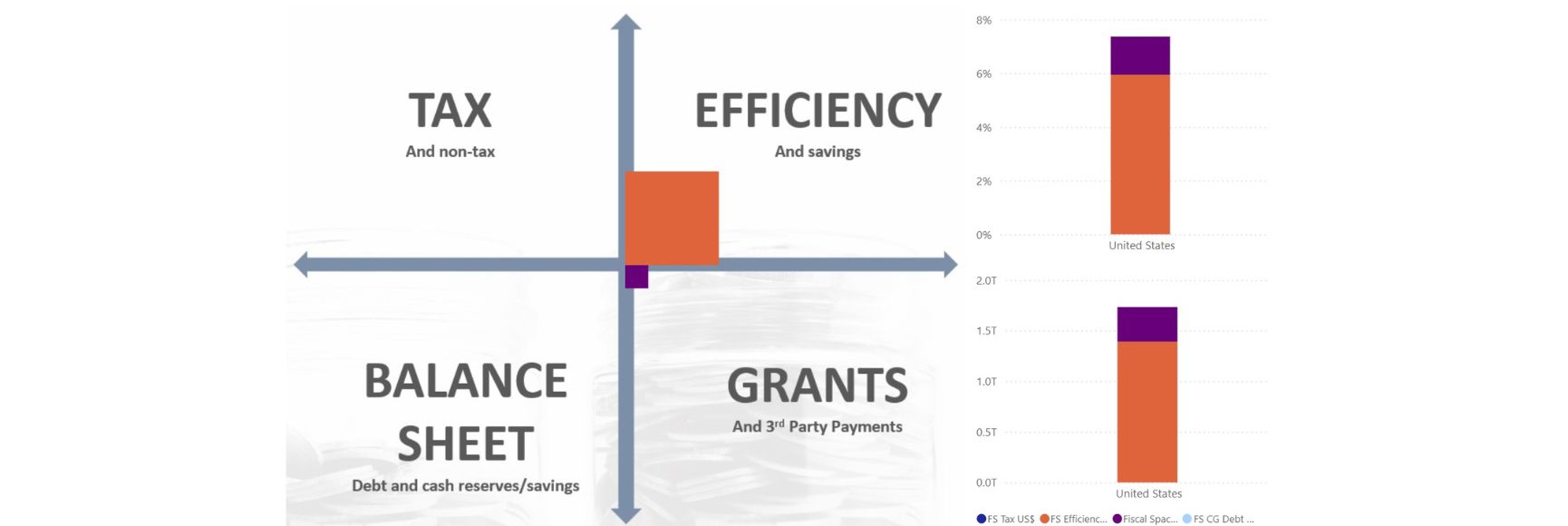Posted by Peter Murphy
Change processes—in society, business, or at the personal level—are often messy and experience suggests that the area of Public Financial Management Reform is no exception. Technical reform strategies and methodologies can guide reforms but more essential is that they are grounded in the situational and institutional context. Contingency theory[1] tells us that organizations are bounded social entities, constituted by a number of overlapping internal sub-systems that interact with the external environment with the objective of delivering a specific range of goods and services. Public sector organizations bring their own complexity (adherence to bureaucratic norms, multiple levels of decision-making, accountabilities and stakeholders, and the influence of politics) and different national cultures further add to complexity.
However, whether in stable or crises situations, the debate on prescriptions for strengthening PFM in developing countries, continues to focus primarily on the incremental evolution of the legal and technical systems framework of PFM, with fairly limited attention (typically in the area of skills development) being given to context, situational analysis, organizational factors, and building change management capacity. The current PFM reform dialogue appears to be focused on the relative merits of particular technical approaches (e.g., MTEF, Program Budgeting, and IFMIS development), sequencing options (e.g., return to basics first, weakest link, platforms approach) or the merits of various technical diagnostic instruments (PEFA). There is little doubt that these techniques and methodologies represent important instruments for the PFM reform toolkit, but in reality they are not enough, perhaps not even the most crucial part of the reform process.
Strengthening systems and technical capacities is clearly a necessity, as is appropriate sequencing; however evidence suggests that successful PFM reform depends also on the presence of supporting task environment and organizational conditions. This should not be understood to be limited to the host government, but equally applies to those agencies involved in providing assistance and advice on reform efforts. Evidence of the importance of such issues are many and varied and include:
i) inadequate levels of political, organizational, and financial resources to sustain reform efforts;
ii) vested interest group behaviors that inhibit PFM reform efforts that seek to improve resource management or limit inappropriate resource capture, rent seeking, corruption or other types of illegitimate behaviors;
iii) bureaucratic management approaches that place little emphasis on performance or accountability for results, effectively limiting the impact of performance or policy-based PFM improvements;
iv) rigid organizational structures thatsegregate work groups into specialist groups and decision-making hierarchies, without ensuring effective coordination mechanisms;
v) inflexible personal management and remuneration systems that are unable to react to local labor market conditions for recruitment and retention of professional skills, which in turn inhibits the deployment of modern PFM reforms;
vii) adherence to inappropriate best practice models that have limited applicability in developing country contexts;
viii) insufficient attention to ensuring project management and oversight capacity.
Contextual information and understanding of the task environment as well as organizational opportunities and constraints to adoption of reform strategies are essential for shaping and sequencing appropriate interventions. Such information can typically only be obtained through self assessment and/or effective dialogue between reformers and reform supporters. It is not only the transfer of knowledge from PFM expert to reformer about an intervention measure that is important, but also the exchange of knowledge and understanding of methodologies for determining which measures are relevant in the context, and the conditions that have to prevail or need to be evolved for their successful implementation. Again, this applies equally to the recipient and the donor. Financing for example an IFMIS intervention where government PFM capacity is weak and where the donor procurement approach unrealistically assumes a competitive market is likely to yield a double strike against successful implementation.
PFM reform involves multiple stakeholders in and outside government with varied incentives as well as changing underlying organizational arrangements, practices and procedures that underpin existing power distributions. Understanding the risks and the likely impact of such factors is essential to shaping a PFM reform program. Substantive PFM form is inevitably messy and explicit reference to these issues should not be constrained by concerns over sensitivities on all sides. What is needed is an accepted diagnostic framework that can be used by all stakeholders to jointly address such issues.
How then can ongoing PFM reform efforts in developing countries be enhanced to go beyond relatively narrow systems or capacity based interventions and be more explicit about the need for more holistic forms of organizational change?
First, it is important that greater recognition is given by governments and financing partners of the need for stakeholders to address PFM reform from a broader organizational perspective incorporating other participants (e.g., public service reform actors) and deploying necessary organizational and change management diagnostics and design skills among those charged with facilitating design efforts. Leaving it to someone else or identifying organizational risks analysis and articulating narrow attempts to mitigate these risks is probably insufficient for all but the most simple or incremental reform situations.
Secondly, there is a need to develop a body of knowledge of key organizational concepts relevant to PFM reform that provide design and implementation agents with a more broadly based framework for undertaking analysis of country contexts, design of contextually appropriate programs and monitoring and evaluation of reform implementation. Appropriate analytical techniques for public sector organizational change do exist and a body of international practice also exists, however this needs further development in a form that can be discussed and disseminated to development practitioners and professionals.
Thirdly, there is need to provide a set of case studies which highlight and provide examples of how such analysis can be applied in the design, management and implementation of PFM reform programs.
Explicit analysis may not always be feasible in every context, but with greater recognition that there are limits to the effectiveness of technical change and that change is messy, the perceived sensitivity of such analysis can be expected to decline. The development of additional instruments to provide guidance on the broader PFM task environment, and situational analysis and dissemination of relevant cases, should over time provide increasing opportunity for strengthening PFM reform. In this context coordination between existing government and development partner institutions to promote appropriate development and learning, including peer to peer networking, would be very helpful.
[1] Organizational Change, Senior & Fleming, 2006.
Note: The posts on the IMF PFM Blog should not be reported as representing the views of the IMF. The views expressed are those of the authors and do not necessarily represent those of the IMF or IMF policy.





